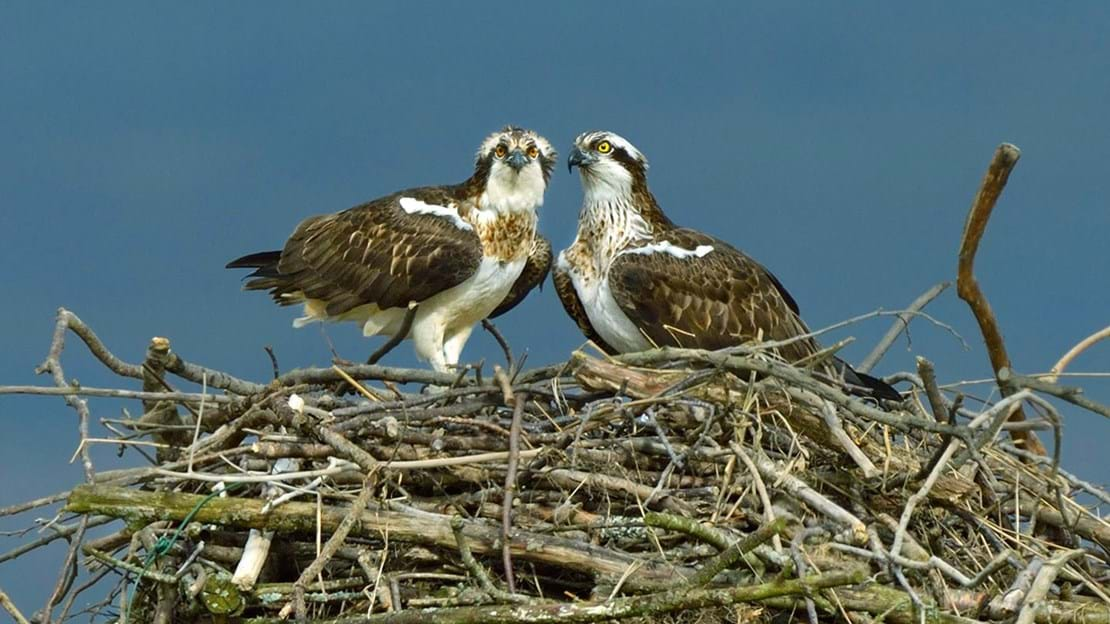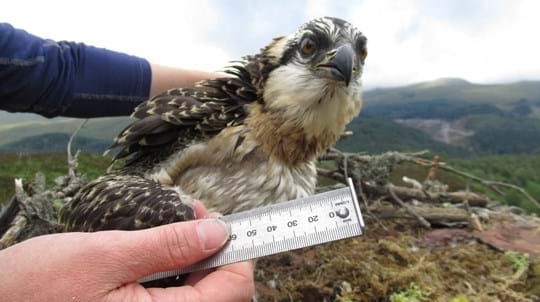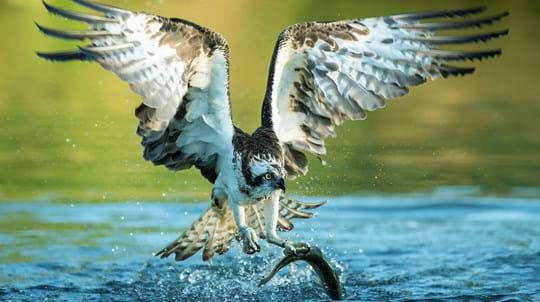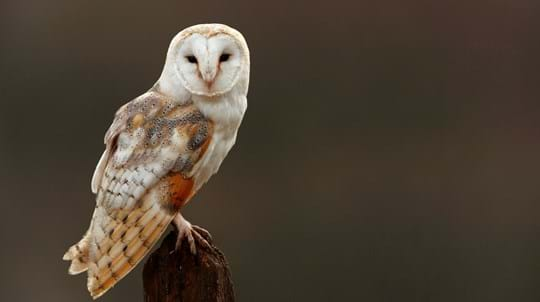
Pair up for nature
With a joint membership, you and your partner will be helping protect woods and trees across the UK.
Join together today
Content editor
Have you been following our Loch Arkaig osprey cam? Our live nest camera has tracked the fortunes of osprey pair Louis and Aila as they try to raise young in the stunning surroundings of Loch Arkaig Pine Forest in the Scottish Highlands. Ospreys are a perfect example of birds that mate for life, staying faithful to the same partner. This approach to breeding is relatively rare in the natural world, but ospreys are not the only species to form long-term bonds:
As well as ospreys, the following birds are known to mate for life:
It sounds romantic, but most birds stick together for practical reasons rather than because of undying love.
Around 90% of the world’s bird species are monogamous. This means they have one mate at a time. Most will not pair for life though and their partner may change each breeding season. Some birds have several broods each season and may produce each one with a different partner.
Most birds share parenting duties. The male will forage for food while the female sits on the eggs, although they often take turns in finding food after the chicks have hatched.
Mating rituals often involve lots of showing off, especially by male birds. Look out for these signs that birds are looking for love.
Increased song – singing takes lots of energy so a loud and complex song tells female birds that a male is strong and can defend their territory. The prime time for singing is at dawn so you’ll have to get up early if you want to catch the dawn chorus.
Bright plumage – many males wear their most colourful feathers during the breeding season. Robins’ breasts are especially bright and mallard ducks have metallic green heads. Female birds are usually much duller in comparison. This reduces the chances of them being spotted by predators when sitting on their eggs.
Displays of skill – female birds are more likely to mate with a male that can show its strength and fitness. Male buzzards will perform a roller coaster flight, soaring high and then twisting and spiralling as they plummet towards earth. Male wrens build up to 12 nests and then invite females to view them in the hope one will be impressed and move in.
Special ‘dances’ – pairs sometimes perform a sort of choreography that helps them bond. You may even see pairs of swans entwining their necks and rubbing their heads together so their necks form a heart shape. Now that is romantic!

With a joint membership, you and your partner will be helping protect woods and trees across the UK.
Join together today
Trees woods and wildlife
Follow the story of our Loch Arkaig ospreys, live from the heart of an ancient Caledonian pine forest.

Trees woods and wildlife
Ospreys are the fishermen of the bird world. Find out where they live, how they breed and how to spot them.

Trees woods and wildlife
With bright white feathers and a distinctive heart-shaped face, there’s no mistaking the barn owl. Catching sight of one on the wing is always a delight.